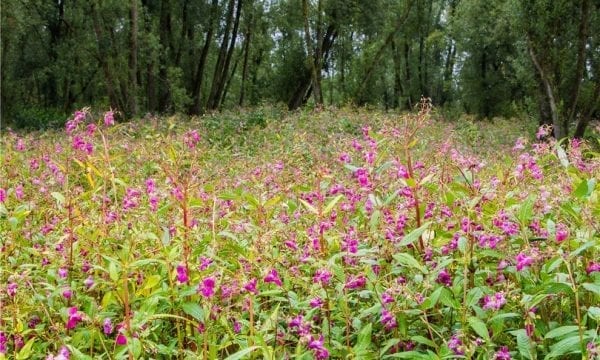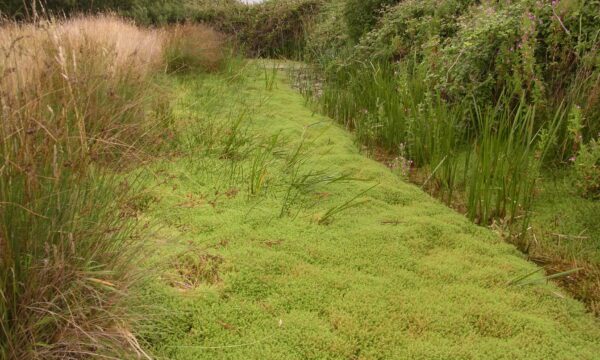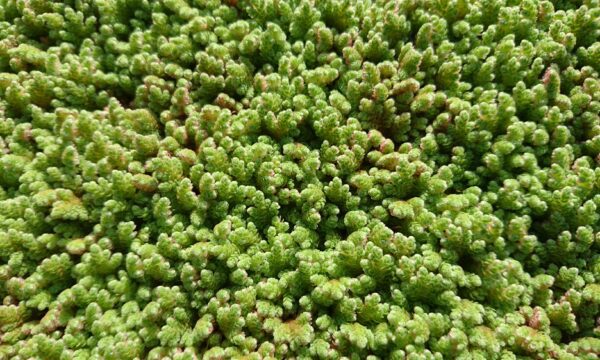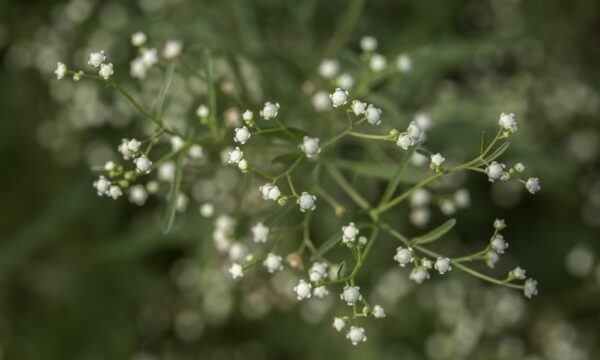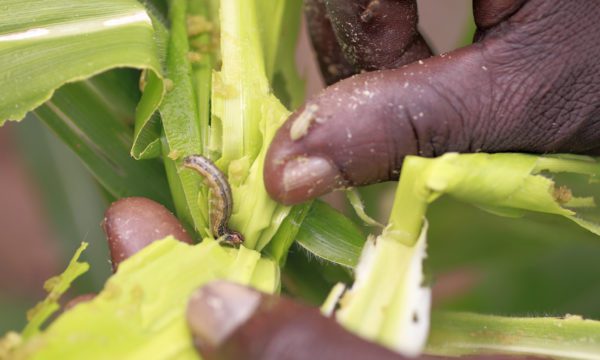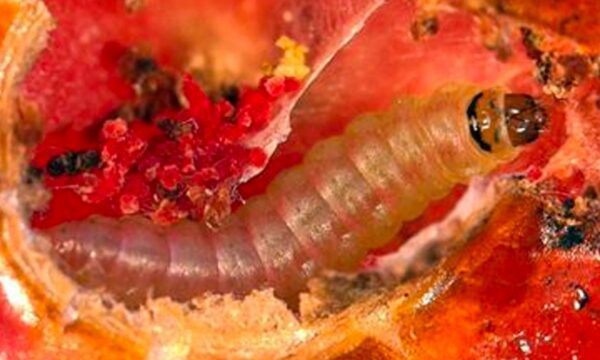Why use biocontrol?
It is in all our interests that damaging invasive non-native species are not released into the wild. The priority of the government’s non-native species secretariat is to ensure the public understands the risks of introducing these species. However, where an invasive non-native species is concerned, we need to consider control and the possible tools available. Invasive non-native species usually have an advantage over native species as they have often been introduced without their natural enemies, which helped keep them in check in their native range. One tool that helps to control or manage them is the use of natural predators and diseases that target only the invasive species.
Does it work?
There have been many notable successes in the biocontrol of weeds. The general consensus is that any contribution to a reduction in current control costs and efforts that outweigh the cost of the programme should be considered a success. A recent review of biocontrol programmes revealed an average cost-benefit ratio in excess of 1:200 and though there was some variation, all were found to be positive. A good example is the use of the weevil Cyrtobagous salviniae to control Salvinia weed in Sri Lanka. This plant was introduced into the country during World War II to prevent enemy aircraft from identifying waterways. It did the job so well that almost all water-bodies in the country were affected. The weevil was released in 1986 and within four years it destroyed around 80% of weed infestations. Since its discovery, this weevil has been a successful biocontrol agent against this weed in more than 10 tropical countries around the world and is still working today.
What if it goes wrong?
Of the 1,550+ worldwide releases against weeds, less than 1% produced non-target effects and all but two were predicted by scientists prior to release. However, the predicted damage to, in some cases, rare species was deemed to be an acceptable risk at the time given the scale of the problem. However, given the same data and situation, it is highly unlikely that today’s decision makers would authorize such a release. The care taken prior to releasing a biocontrol agent is in stark contrast to the wholesale importation of exotic species, either as pets or garden plants and their pests or as stowaways within many commodity crops.
Why can’t we just leave things as they are?
Non-native species have one thing in common; they were introduced into the UK without the natural enemies which keep them in check in its native range. This gives them an unfair advantage over their native counterparts and enables them to become highly invasive species, outcompeting our native flora and degrading natural habitats. Just leaving things as they are will enable the invasive plants to spread further and degrade additional areas. The goal should be to integrate biocontrol methods with traditional control methods as the best way of reducing the economic and ecological impacts of invasive weed species.
Is there a danger of releasing another alien species that will become a problematic invasive?
The proposed biocontrol agent is only ever released after rigorous testing, peer review and public consultation to ensure its safe introduction. By applying internationally-accepted safety testing procedures to a selected agent, it is possible to demonstrate that the risk to UK native biodiversity or crops is negligible and the organism will not be harmful.
Is this anything like GM?
No. Genetic modification involves human intervention to provide an organism with certain genes that code for desirable traits. In the case of biocontrol, ‘Mother Nature’ has done the modifying for us through the process of thousands of years of evolution. Biocontrol aims to allow a natural balance to be restored by the re-association of an invasive plant and its biocontrol agent.
Why do these natural enemies only attack one plant?
Most fungal and insect species are restricted in what they are able to feed on or infect, and some are monophagous or, in the case of fungi, highly specialized, meaning they will only attack one species of plant. This is not as surprising as it seems. Many endangered insects are under threat because their only host plant or its habitat has become rare, and they are unable to feed on anything else. Of course, some insect and fungal species will feed on or infect a wide range of plant species, but these are rejected as potential biocontrol agents early in the safety testing regime.
Will releasing a biocontrol agent eradicate invasive weeds in Great Britain?
No. Eradication is not the normal outcome of biocontrol since it is not in the agent’s best interest to eradicate its only food source. Long-term control, below an economic or environmental threshold, should be anticipated. The aim of the biocontrol programme is to reduce the dominance of the invasive weed. By reducing the occurrence of, for example, Himalayan balsam on rivers, will reduce the impact of the plant on native biodiversity.
Will anyone make money out of a release?
No. Biocontrol projects are activities for the ‘public good’ and not intended for profit. CABI is a not-for-profit organization and only receives the funding required for the research and initial release phases of the programmes from the consortium of sponsors.
Has biocontrol been considered for weeds in the UK before?
There is a long history of using natural enemies to control insect pests in Europe. An example is the release of a specialist predator to control the invasive spruce bark beetle in many EU countries which, to this day, still provides a long-term economic solution to this costly pest. In addition, biocontrol agents are regularly used on a smaller scale within the horticultural industry and even in householders’ glasshouses, for example, to control aphids, whitefly, mites and other crop pests.
What about the rest of the world?
There have been over 1,550 releases of biocontrol agents against weeds around the world. In all, more than 460 different agents have been released against more than 170 different target weeds. CABI is a world expert in biocontrol and played a vital role in the development of an International Code of Conduct on the use of it. CABI also has a very good international track record of researching and releasing biocontrol agents. In countries like the US, Canada, Australia and New Zealand, biocontrol is often viewed as the first line of defence when a new and problematic invasive species is identified.
What about the cane toad?
The cane toad (Bufo marinus) was introduced to Australia by the sugar cane industry in 1935 in an ill-judged attempt to control pest beetles. This was done against the recommendations of scientists at the time. Thousands of toads were released without any testing to ensure they only targeted the beetles. This not only failed to control the beetles but also turned the toads’ carnivorous attention to anything that moved and was small enough to be swallowed. They went on to become a significant problem themselves. Although carried out in the name of biological control, today’s practitioners consider this unfortunate case to have been a highly irresponsible act in an age when there was no real regulation and safety testing. Today’s pest risk analyses should prevent such a thing happening again.
How long will it take before a real impact is achieved?
Experience from around the world has shown that biocontrol takes between five and 10 years from the initial releases to the time significant control is achieved. While more traditional management techniques such as mechanical and chemical control seem to offer more immediate results, one of the most important advantages of biocontrol is the sustainable long-term management it provides with minimal disturbance to the environment and reduced use of chemicals.

